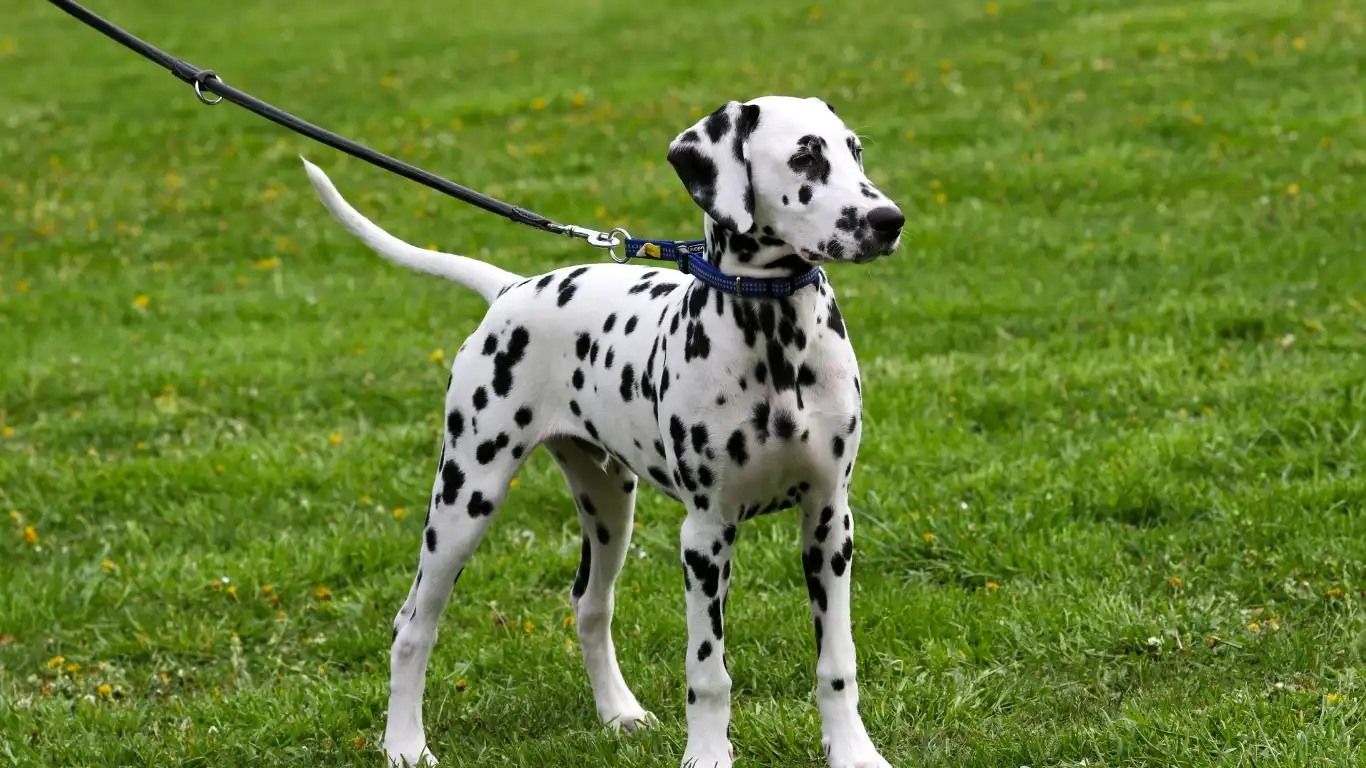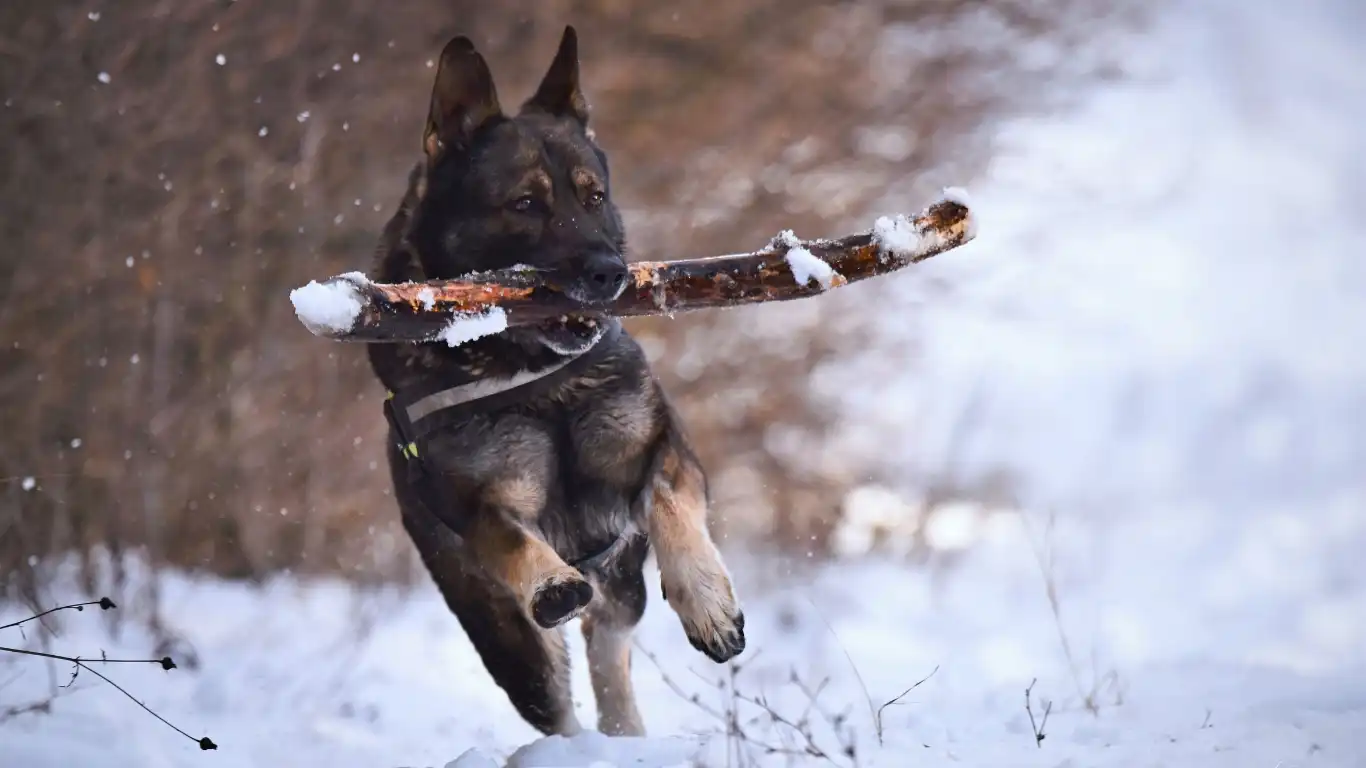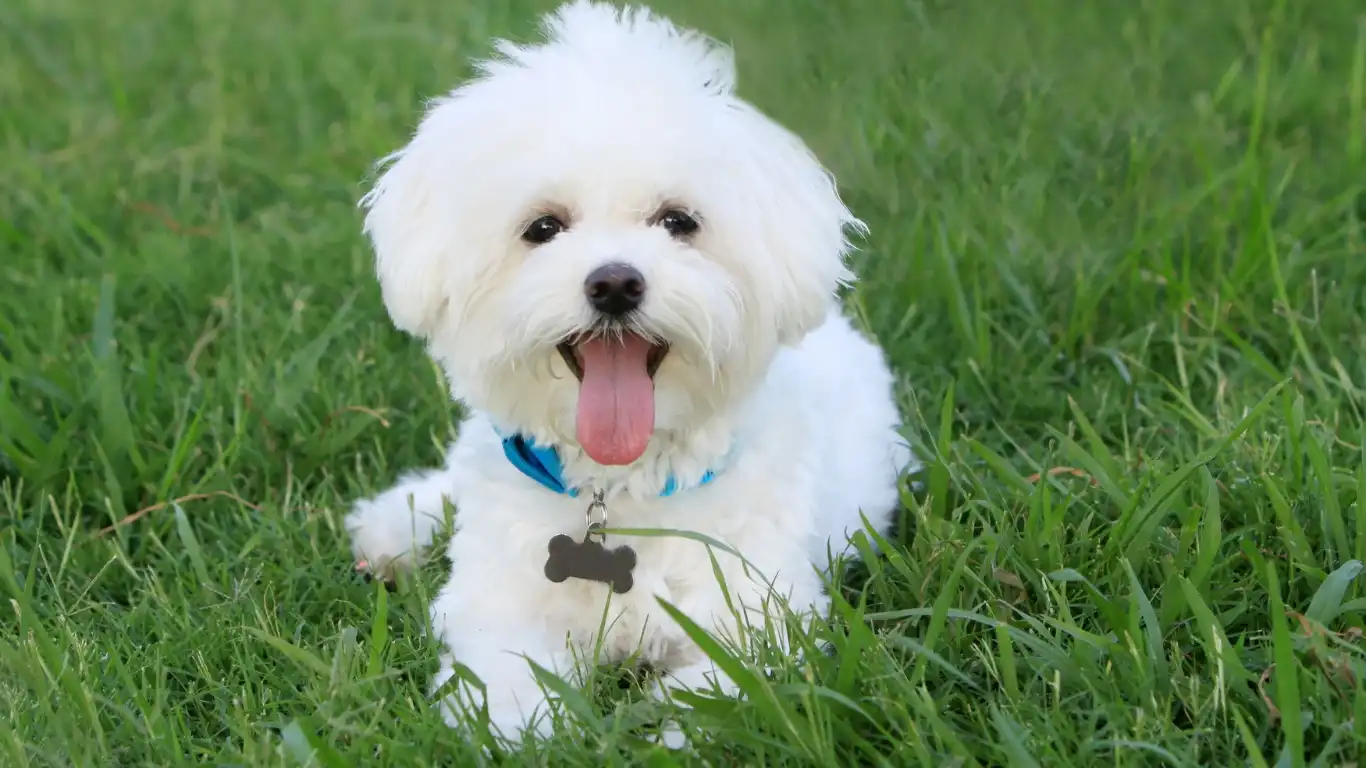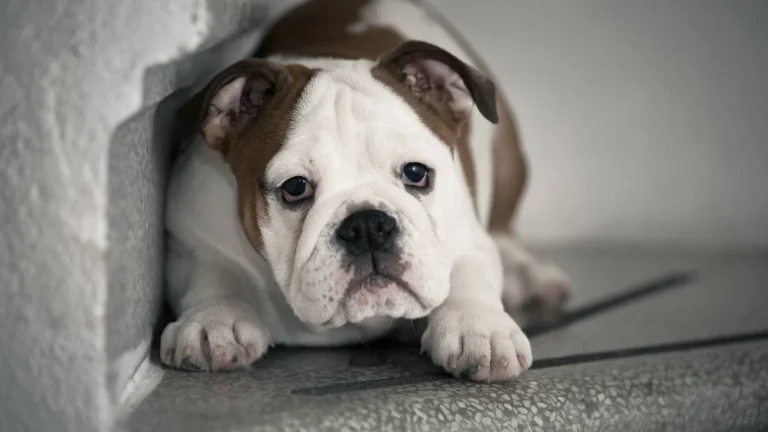Effective Ways to Help a Dog Cope with Travel Anxiety
Traveling with your dog can be an exciting adventure, but it can also come with its challenges—especially if your dog suffers from travel anxiety. If you’ve noticed your furry friend getting nervous during car rides, plane trips, or even short visits to the vet, you’re not alone. As a Veterinary Technician with a special focus on nutrition, I’ve seen firsthand how many pets struggle with travel anxiety. It’s not just about the motion or the environment—it’s often a mix of sensory overload, lack of familiarity, and sometimes even the feeling of helplessness on the part of your dog. So, how do you help a dog cope with travel anxiety in a way that’s comfortable and safe for both of you? In this guide, we’ll dive into the practical steps you can take, and I’ll share some tips that have worked wonders for my patients—and my own pets!
Understanding Travel Anxiety in Dogs
Before jumping into solutions, it’s important to understand what’s going on when your dog experiences travel anxiety. Just like us, dogs can feel overwhelmed by new experiences, and traveling—whether short or long distances—can trigger a range of anxious behaviors. It’s not just about motion sickness, either. Dogs can feel stressed due to changes in their surroundings, loud noises, unfamiliar smells, and even the separation from their familiar environment.
Some common signs of travel anxiety include:
- Excessive panting or drooling
- Shaking or trembling
- Vocalization (whining or barking)
- Dropping waste in the car
- Trying to escape or hide
If any of these behaviors sound familiar, don’t worry—there are ways to help your dog feel more comfortable during travel. The first step is recognizing that it’s a real issue, not just a quirky behavior. Dogs, like humans, experience emotional discomfort, and when they’re anxious, it’s not only hard on them but also on you as their pet parent.
Why Travel Anxiety Happens: The Science Behind It
Understanding the root causes of travel anxiety in dogs can help you better address it. Dogs are creatures of habit. Their sense of security is rooted in the familiarity of their home environment. When they’re placed in unfamiliar surroundings or forced to experience things they can’t control—like the motion of a vehicle, loud sounds, or changes in temperature—they can become stressed.
Here’s a quick breakdown of the factors that contribute to travel anxiety:
- Motion Sickness: Just like humans, dogs can get motion sickness. If your dog has never experienced long car rides or plane flights before, their bodies may not be used to the motion, leading to discomfort or nausea.
- Sensory Overload: Dogs have a heightened sense of smell, hearing, and sight. During travel, there’s a flood of unfamiliar smells, noises, and sights. For some dogs, this can be downright overwhelming.
- Separation Anxiety: Many dogs are sensitive to being away from their familiar spaces or the people they trust. Travel often means leaving behind their home and routine, which can be a big stressor.
- Previous Negative Experiences: If your dog has had a bad experience during travel in the past—whether it was a stressful car ride or an unsettling flight—they might develop a fear response when faced with travel again.
So, the next time your dog seems anxious, it’s not about being stubborn or misbehaving—they’re actually going through a range of emotional and physical challenges that you may not even realize!
How to Help a Dog Cope with Travel Anxiety
Now that we know what’s behind travel anxiety, let’s talk about how to help your dog cope with these feelings. There’s no one-size-fits-all solution, but with a combination of patience, preparation, and the right techniques, you can make a world of difference in your dog’s travel experience. Here are some key strategies:
1. Prepare Your Dog Gradually for Travel

One of the best ways to help your dog manage travel anxiety is to start by getting them used to the idea of travel in small doses. If possible, avoid throwing them into a long journey without any prior preparation. Instead, take short trips around the block or to a nearby park. Over time, you can gradually increase the length of these outings to help your dog become more accustomed to being in a moving vehicle or unfamiliar environment.
My advice from experience? Keep these trips positive. Bring along your dog’s favorite toy, some treats, or a cozy blanket to make the experience more enjoyable. It’s all about creating a positive association with the travel process.
2. Create a Comfortable Travel Space

Whether you’re traveling by car or plane, creating a comfortable space for your dog is crucial. If your dog travels in a crate, make sure it’s big enough for them to stand, turn around, and lie down. A cramped space can increase anxiety. Add in familiar items like their favorite blanket or toy to give them something that smells like home.
If you’re driving, consider using a dog seatbelt harness or a travel dog seat to keep your dog safe but also comfortable. Giving them a designated spot in the vehicle can help them feel less stressed about the movement and more secure in their space.
3. Use Calming Aids
Sometimes, despite all the preparation, your dog might still need a little extra help to manage their anxiety. There are various calming aids available that can help take the edge off your dog’s travel nerves:
- Calming Supplements: Natural supplements, like those containing CBD or L-theanine, can promote relaxation without sedation.
- Thundershirts: These snug, body-wrap garments apply gentle pressure to help reduce anxiety in some dogs.
- Prescription Medications: In some cases, a veterinarian may recommend anti-anxiety medications for particularly nervous dogs, especially during longer or more stressful trips.
These aids can be useful tools in conjunction with other methods, but always check with your vet before trying anything new.
4. Keep a Calm and Positive Attitude
Dogs are incredibly attuned to their owners’ emotions. If you’re anxious or stressed about the trip, your dog will likely pick up on that energy. Try to remain calm and reassuring throughout the journey. If you’re relaxed, your dog is more likely to mirror that behavior and feel less anxious.
Remember, travel anxiety is common, and with the right approach, most dogs can learn to manage it over time. Stay patient, keep the experience positive, and your dog will likely start to feel more comfortable with each trip.
Make Travel a Fun and Positive Experience
One of the best ways to help a dog cope with travel anxiety is to make the journey feel like a fun experience rather than a stressful one. If you’ve ever noticed how dogs react to your mood, you’ll understand that when you’re excited or happy, they tend to pick up on that energy. The same can apply to travel. If you make the trip something positive, your dog is more likely to associate travel with good things—like extra treats, playtime, or new exciting places to explore.
Start by giving your dog a chance to explore new environments, but don’t overwhelm them with too much change all at once. Short road trips, for example, can be a great way to start building positive travel memories. If your dog enjoys a specific place—like a dog-friendly park or beach—make it part of your travel routine. I’ve seen it work wonders for anxious dogs who initially were reluctant to travel. It doesn’t have to be a long trip, just enough to make them associate being in the car or on a plane with something enjoyable. Over time, this builds a sense of confidence and reduces anxiety.

Comfort During Travel: The Little Things Matter
When it comes to travel, comfort is key—especially if you’re dealing with a dog that tends to get anxious. I can’t tell you how many times I’ve had clients bring their dogs in for check-ups only to mention that their pet was visibly calmer after making a few adjustments to their travel setup. Small things can make a huge difference in reducing anxiety.
Choosing the Right Carrier or Crate
Whether your dog is traveling by car or air, choosing the right carrier or crate is one of the most important factors in keeping them comfortable. Think of it like their “safe space” during the journey. Your dog should be able to stand up, turn around, and lie down comfortably inside their crate. You don’t want it too cramped, but you also don’t want it too big where they feel like they’re sliding around or unable to stabilize themselves.
For dogs that tend to be more anxious, I recommend using a crate that’s familiar to them. Some dogs feel more secure in a crate they’ve used before, especially if they’ve associated it with positive things like napping or enjoying a treat. If you’re flying, make sure the crate meets airline regulations and is well-ventilated. If you’re traveling by car, place the crate in a stable spot (like the back seat or cargo area) and use safety restraints like a seatbelt harness to ensure your dog feels safe and secure.

Grooming and Pre-Trip Routine
One little-known trick for reducing anxiety is to keep your dog’s routine as consistent as possible. Many dogs are comforted by their usual daily routine, and maintaining that rhythm can go a long way in helping them stay calm. If your dog is due for a grooming session, try to get it done before you travel. A fresh bath and a good brushing not only make your dog feel better physically, but the routine can also be a calming experience in itself. I’ve had clients tell me their dogs were much more at ease after being groomed right before a long trip, as it added a layer of comfort to their day.
Exercise and Mental Stimulation Before Travel
Another way to help a dog cope with travel anxiety is to make sure they’re well-exercised and mentally stimulated before embarking on a trip. Just like us, dogs have more energy than they know what to do with, and when that energy is not channeled in the right way, it can turn into anxiety.
Physical Exercise
If you know you’ll be traveling for an extended period, try to get your dog out for a good walk, run, or play session before you hit the road. Physical exercise helps burn off excess energy and can leave your dog feeling more relaxed. Even a short walk around the block can help, but ideally, aim for 30 minutes to an hour of activity before traveling. You’ll notice your dog is much more likely to settle down during the journey rather than acting anxious or restless.
Mental Stimulation
In addition to physical exercise, don’t forget about mental stimulation. Puzzle toys or interactive treat dispensers can keep your dog engaged and distracted before the trip. It’s also a good idea to bring along some mental enrichment during travel—something to keep them busy while in the car or at the airport. For example, stuffed Kongs or food-dispensing toys are perfect for keeping their minds occupied.

Maintain a Calm and Reassuring Presence
As a pet parent, your demeanor can significantly influence how your dog feels about travel. Dogs are highly perceptive of their owners’ emotions, so if you’re calm and confident, your dog is more likely to feel the same. When I’m dealing with a nervous dog, I always remind owners that their own anxiety can sometimes trigger or amplify their pet’s stress. When you’re anxious, your dog may sense that and become more anxious themselves. So, take deep breaths, keep your voice calm, and provide lots of reassurance with your tone and body language.
One technique I’ve found particularly helpful is talking to your dog in a soothing voice. This simple act can help them feel grounded and comforted, especially when they’re feeling uncertain. While you’re at it, try to remain upbeat and positive. Reassure them that everything will be okay, and provide praise and treats during the journey to reinforce the positive experience.
It’s also worth mentioning that some dogs may be more prone to anxiety than others, based on their personality or breed. Dogs with a naturally high-energy temperament (like Border Collies or German Shepherds) may require more work to feel relaxed during travel, while others with a more laid-back demeanor might take to it more easily. Knowing your dog’s behavior and adjusting your approach accordingly is key to managing their anxiety effectively.
Ultimately, the goal is to create an environment where your dog feels as safe, secure, and comfortable as possible. With the right preparation, training, and tools, even the most anxious travel companions can learn to enjoy the ride!
Additional Tips to Reduce Travel Anxiety in Dogs
By now, you’ve probably got a solid understanding of how to help a dog cope with travel anxiety, but there are still a few extra tips and tricks that can make a world of difference for both you and your dog. Traveling with an anxious dog doesn’t have to be a nightmare, and with the right tools in your pet care toolbox, you’ll both be cruising in no time. Here are some additional strategies I’ve found to be effective when working with anxious dogs in my practice.
Establish a Pre-Trip Routine
Dogs love routines, and the days leading up to a trip are no exception. If you can establish a pre-trip routine, your dog will feel more secure and know what to expect. This doesn’t mean that every moment has to be planned to perfection, but having a few key things in place can be incredibly comforting for your dog.
For instance, the day before you travel, you might want to start adjusting your dog’s feeding schedule. This helps avoid any tummy upset during the trip, which is especially important if your dog has a sensitive stomach. Giving them smaller, more frequent meals before the trip can reduce anxiety related to hunger or nausea.
In addition, taking your dog for a longer walk or giving them extra playtime a day or two before traveling helps burn off energy, so they’re less likely to get restless or anxious. A tired dog is a much calmer travel companion!

Consider Using a Calming Playlist
It may sound a bit odd, but calming music or soundtracks can be a great way to reduce stress during travel. Research has shown that certain types of music can help dogs feel more at ease. Classical music, in particular, has been shown to have a calming effect on many dogs. I’ve personally had clients swear by using calming soundtracks on their trips, whether it’s playing quietly in the car or on a portable speaker in the crate.
There are also specific playlists designed for dogs with anxiety. You can find these online or on streaming platforms. The soothing sounds can drown out the noise of the vehicle or unfamiliar surroundings, helping your dog stay calm and relaxed. Just make sure the volume isn’t too high—it should be at a level that doesn’t overstimulate your dog.
What to Do If Your Dog Still Shows Signs of Anxiety
Even with all the preparation and techniques we’ve discussed, some dogs may still experience heightened anxiety during travel. If your dog’s symptoms are severe or persist despite your best efforts, it might be time to consider seeking professional help.
Consult with Your Veterinarian
If you’re struggling to manage your dog’s anxiety, don’t hesitate to reach out to your veterinarian. As a veterinary technician, I’ve seen how important it is to work closely with a vet to rule out any underlying medical conditions that may be contributing to anxiety. Motion sickness, for instance, can sometimes mimic signs of anxiety, so getting a professional opinion is key.
In some cases, your vet might recommend prescription medications to help alleviate your dog’s stress during travel. These can be particularly useful for long trips or when other methods haven’t worked. Your vet may also suggest behavioral therapies, such as desensitization training or counterconditioning, to help your dog build more positive associations with travel.
Consider Working with a Professional Dog Trainer
For persistent anxiety, you may want to look into working with a professional dog trainer or a behaviorist. These experts can help address specific behavioral issues related to travel anxiety. They can offer tailored solutions that you can practice at home, and they often provide valuable techniques that might not be immediately obvious to us pet owners.
Training methods like counterconditioning (gradually exposing your dog to travel in controlled environments) can be especially effective. The goal is to help your dog change their emotional response to travel from one of fear or anxiety to one of calm or even enjoyment. It takes time, patience, and consistency, but it can make all the difference in the long run.

Resources for Dog Travel Anxiety
There are many great resources available to help you understand and manage your dog’s travel anxiety. Whether you’re looking for expert advice, more calming strategies, or even behavioral tips, here are some reliable websites you can turn to:
- PetMD – A wealth of information on dog behavior, health, and how to handle issues like travel anxiety.
- American Kennel Club (AKC) – Offers expert advice on dog training, travel tips, and more for every type of dog.
- Cesar’s Way – Cesar Millan’s training techniques and articles can help you better understand your dog’s anxiety and how to address it.
- National Institutes of Health (NIH) – Find general health advice that includes mental health and wellness tips for pets.
- Health.com – Offers general pet care advice that includes stress management for dogs during travel.
Disclaimer
The information provided in this article is intended to offer general advice and guidance for managing travel anxiety in dogs. However, it is important to consult with your veterinarian before making any significant changes to your dog’s care routine or trying new medications or supplements. Every dog is unique, and what works for one dog may not be suitable for another. Always seek professional advice when necessary, and prioritize your dog’s health and safety above all else.
With a little patience and the right tools, you can help your dog feel more comfortable and relaxed during travel. Whether you’re heading on a long road trip, flying to a new destination, or even just visiting the vet, these strategies can make the journey more enjoyable for both of you. Safe travels!






